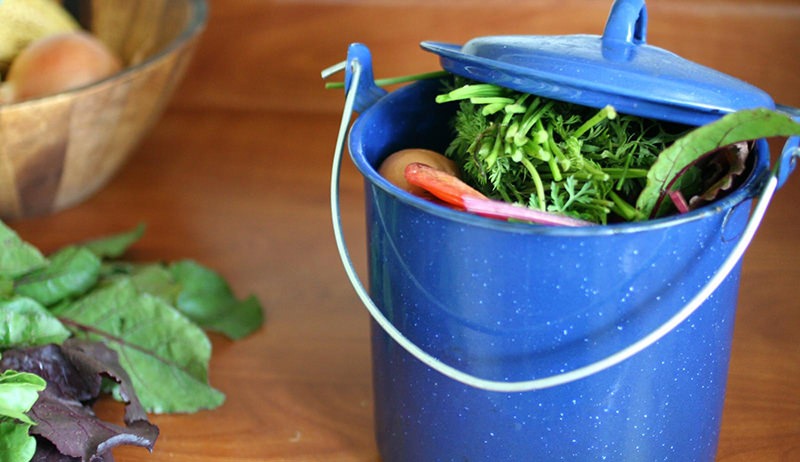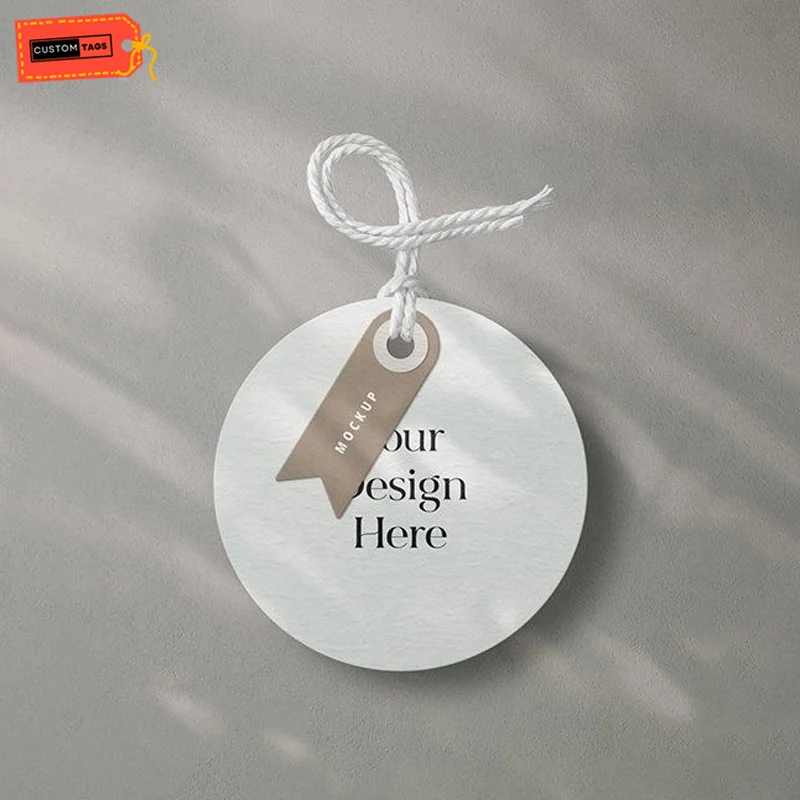Managing food scraps doesn’t have to mean dealing with mess or odors. With the right kitchen compost bin, you can turn your daily waste into something useful without cluttering your space. From cooking peels to coffee grounds, a smart setup helps manage it all efficiently.
Why Kitchen Composting Is Worth It
Kitchen composting is a simple way to reduce landfill waste and create natural compost for gardens or houseplants. By collecting food scraps indoors, you limit trash runs, reduce unpleasant smells, and produce material that enriches soil.
If you’re already sorting waste or recycling, adding a compost bin is a small next step with big benefits. It’s one of the easiest changes to make at home to lower your environmental impact.
What Makes a Good Kitchen Compost Bin?
The right compost bin should be easy to access and clean. It should also contain odors and fit within your available space. Here are some key features to look for:
- Odor control: Many kitchen compost bins include charcoal filters or airtight lids to manage smell.
- Compact size: Small kitchens need smaller bins. Look for a bin that fits under the sink or on a countertop without getting in the way.
- Easy to clean: A smooth interior and removable parts help make regular cleaning easier.
- Durable material: Stainless steel, bamboo fiber, and BPA-free plastic are common materials that stand up to daily use.
- Secure lid: A tight lid keeps fruit flies and odors under control.
Different households need different bins. A single person might need a small, stylish container, while a family may want a larger option that can be emptied less frequently.
Kitchen Composting Options
Depending on your habits, you might choose one of the following types of bins:
- Countertop bins: Perfect for quick access while cooking. They’re easy to move, rinse, and refill.
- Under-sink bins: These are often larger and hidden away, which can work well in organized kitchens.
- Compost pails with liners: Some bins use compostable bags for easy transfer and cleanup.
- Electric composters: These devices take things a step further by breaking down food scraps quickly and cleanly, right in your kitchen.
For people new to composting, starting with a basic kitchen compost bin is often the best way to build a routine.
What You Can Compost in the Kitchen
Most organic food scraps are thrown directly into the bin. Good options include:
- Vegetable peels
- Fruit scraps
- Coffee grounds and filters
- Tea bags
- Eggshells
- Bread and grains (in small amounts)
Avoid items like meat, dairy, and oily foods unless you’re using an electric composter designed to handle them. Also, skip anything non-biodegradable, like plastic packaging or foil.
Tips to Keep Composting Simple
Once your bin is set up, maintaining it is easy with a few habits:
- Empty the bin regularly – every few days prevents buildup and odors.
- Rinse the bin after use to keep it fresh and clean.
- Use liners if needed for easy emptying.
- Keep your bin near your prep area for quick access.
- Add a dry layer like shredded paper or leaves if it gets too wet.
By sticking to these tips, you can keep your composting clean and hassle-free.
What to Do with Full Bins
Once your kitchen compost bin is full, you have several options depending on your setup:
- Transfer to an outdoor compost pile
- Use a curbside compost pickup service
- Add to a community composting program
- Use an electric composter to break down the waste on-site
Finished compost can be used in garden beds, indoor plant pots, or shared with neighbors or local gardens. It’s a versatile resource that boosts plant health and reduces the need for chemical fertilizers.
Final Thoughts
A kitchen compost bin makes it easy to collect food scraps without creating a mess or smell. With so many compact, odor-controlled options available, composting can fit neatly into any home.
Choosing the proper bin helps you get started and stay consistent. Add it to your daily routine and turn food waste into something useful – cleanly, quickly, and with minimal effort.
With a sound composting system, your kitchen stays tidy, and your leftovers serve a second purpose. It’s a practical upgrade for any home aiming to reduce waste and support healthier plants indoors or out.
ㅤ ㅤ ㅤㅤ ㅤ ㅤㅤ ㅤ ㅤㅤ ㅤ ㅤㅤ ㅤ ㅤㅤ ㅤ ㅤㅤ ㅤ ㅤㅤ ㅤ ㅤㅤ ㅤ ㅤㅤ ㅤ ㅤㅤ ㅤ ㅤㅤ ㅤ ㅤㅤ ㅤ ㅤㅤ ㅤ ㅤㅤ ㅤ ㅤㅤ ㅤ ㅤㅤ ㅤ ㅤㅤ ㅤ ㅤㅤ ㅤ ㅤㅤ ㅤ ㅤㅤ ㅤ ㅤㅤ ㅤ ㅤㅤ ㅤ ㅤ ㅤ ㅤ ㅤㅤ ㅤ ㅤㅤ ㅤ ㅤㅤ ㅤ ㅤㅤ ㅤ ㅤㅤ ㅤ ㅤㅤ ㅤ ㅤㅤ ㅤ ㅤㅤ ㅤ ㅤㅤ ㅤ ㅤㅤ ㅤ ㅤㅤ ㅤ ㅤㅤ ㅤ ㅤㅤ ㅤ ㅤㅤ ㅤ ㅤㅤ ㅤ ㅤㅤ ㅤ ㅤㅤ ㅤ ㅤㅤ ㅤ ㅤㅤ ㅤ ㅤㅤ ㅤ ㅤㅤ ㅤ ㅤㅤ ㅤ ㅤㅤ ㅤ ㅤㅤ ㅤ ㅤㅤ ㅤ ㅤ


